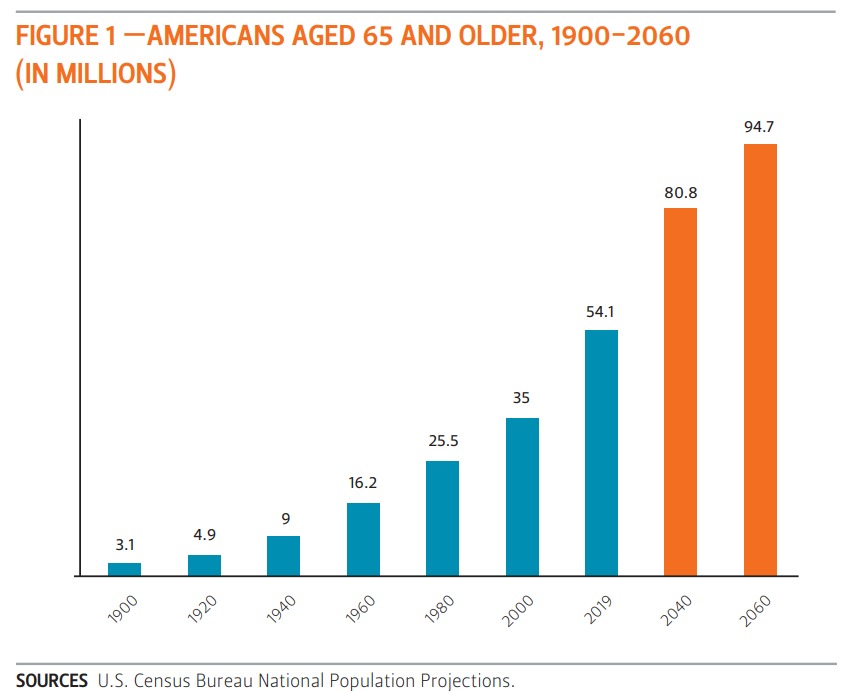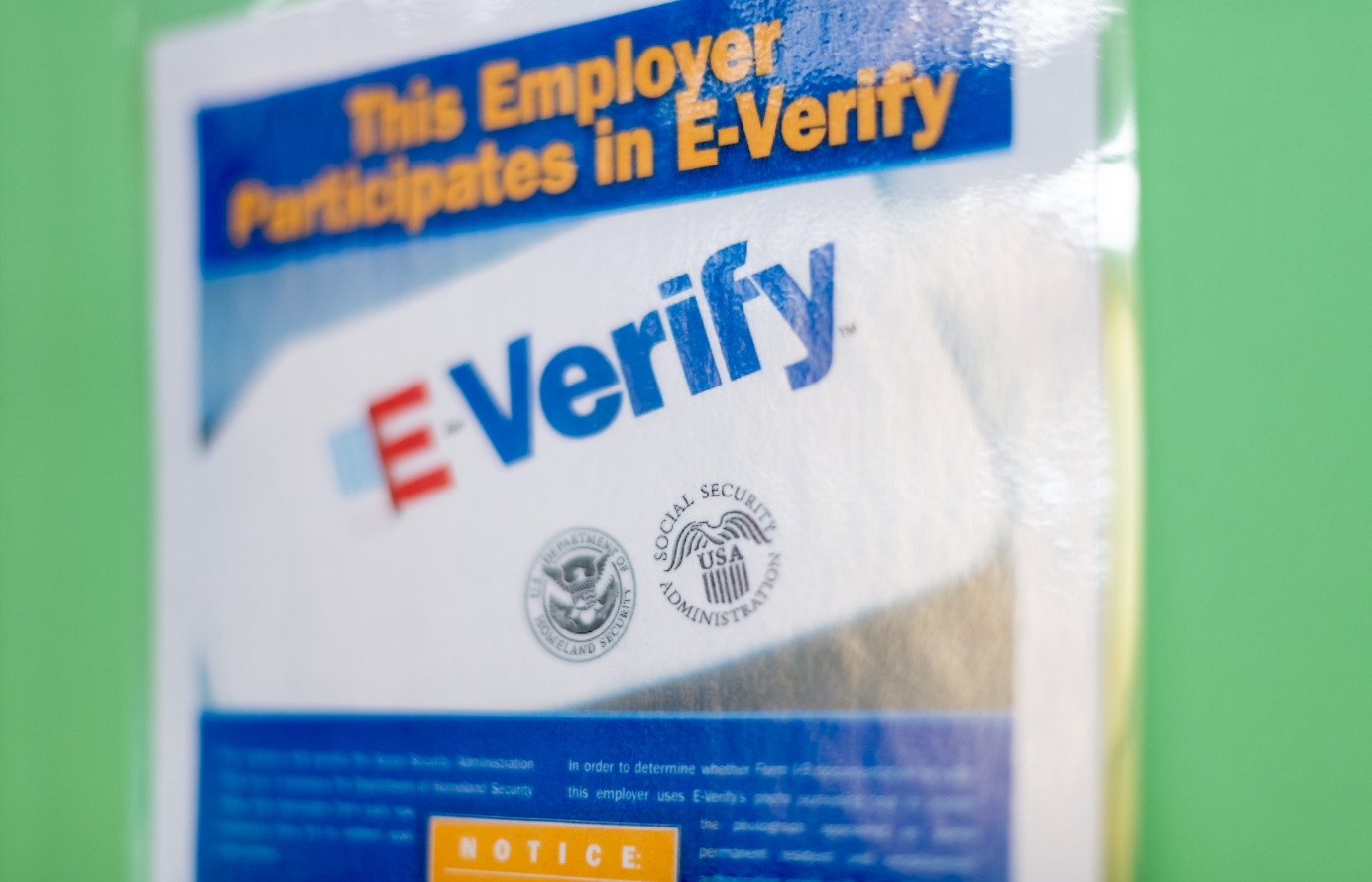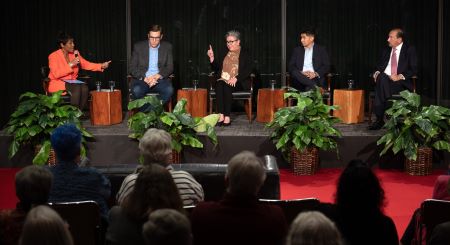Rational Middle and Rice Baker Institute Propose Immigration Solutions for Aging Population Challenges
 A recent Rational Middle Podcast highlighted a Rice University Baker Institute Report examining how immigration reforms can prevent critical workforce and economic challenges associated with the aging US population demographic. Pamela Lizette Cruz, Research Analyst, the Center for the United States and Mexico, discussed her report The Graying of America: Shifting Demographics and Implications for Immigration Reform, with show host Melissa Brannan, exploring concerning demographic trends and calling for policy reforms to increase net legal migration.
A recent Rational Middle Podcast highlighted a Rice University Baker Institute Report examining how immigration reforms can prevent critical workforce and economic challenges associated with the aging US population demographic. Pamela Lizette Cruz, Research Analyst, the Center for the United States and Mexico, discussed her report The Graying of America: Shifting Demographics and Implications for Immigration Reform, with show host Melissa Brannan, exploring concerning demographic trends and calling for policy reforms to increase net legal migration.
Lizette Cruz cited recent data that revealed that America is rapidly aging due to decreased net migration, slower population growth, lower fertility, longer life expectancy, and higher death rates.
"U.S. population growth has been slowing for years, and in 2021, the population grew only by 392,665—or 0.1%, which is the lowest rate since the nation’s founding," said Cruz, adding that the Census Bureau projects that in 2034, for the first time in US history, Americans aged 65 and over will outnumber those under the age of 18.
The speakers noted that this is a concerning trend because as the proportion of the US population of Americans aging out of the workforce and into retirement increases, demands for workforce to support those seniors through social security and healthcare increases. However, with the largest number of open jobs in US history, there are already workforce shortages across many American industries. At the current rate of working age population growth, there will be critical labor shortages in key sectors of the economy like the service and healthcare industries, drastically increasing their costs and limiting their accessibility.
For example, "According to projections by the Association of American Medical Colleges, the United States could see shortages of up to 124,000 physicians by 2034," the report revealed.
Furthermore, the report noted that the employment of home health and personal care aides is projected to grow 33% from 2020 to 2030, and that immigrants are already filling that demand making up 40% of home health aides.
Speakers said that reforms to increase net migration of needed workers are an ideal solution to prevent these impending workforce shortages. In fact, if it weren't for current levels of immigration, the US population would be increasing much slower, the Baker Institute report revealed.
"The data shows this was the first time that net international migration exceeded a natural increase for a given year. According to the US Census Bureau Vintage 2021 Population Estimates, Between July 1, 2020, and July 1, 2021, the nation’s growth was due to net international migration (244,622) and natural increase (148,043)," said the report.
Speakers called on lawmakers to pass bipartisan solutions that will increase and improve legal pathways for migrants to enter the workforce where there are current and anticipated shortages, including agriculture, healthcare, food production and STEM industries. One proposed solution called for the expanding of eligibility for the H2A visa to include meatpacking, food processing, and construction workers.
The report urged lawmakers to pass a bipartisan solution that would allow unauthorized immigrants in the US to earn legal status and enter the legal workforce. It also noted that future illegal immigration could be decreased by creating a currently non-existent formal visa system for migrant workers without higher education degrees to enter and work in the US.
To learn more about these issues, listen to the Rational Middle Podcast Episode 115: What's Age Got to Do With It: Immigration and an Aging America with Pamela Lizette Cruz below. Also check out the free Rational Middle of Immigration Video Docuseries that examines more issues associated with the US immigration system.








